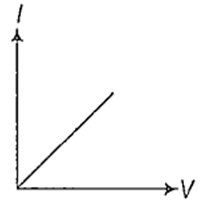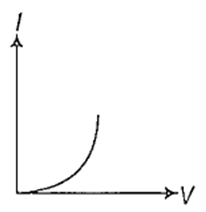 Multiple Choice Questions
Multiple Choice QuestionsTwo simple pendulums A and B are made to oscillate simultaneously and it is found that A completes 10 oscillations in 20 sec and B completes 8 oscillations in 10 sec. The ratio of the length of A and B is
B.
According to questions,
For pendulum A,
For pendulum B,
Dividing Eq. (i) by Eq. (ii), we get
The waves set up in a closed pipe are
longitudinal and progressive
transverse and progressive
transverse and stationary
longitudinal and stationary
'Young's modulus' is defined as the ratio of
hydraulic stress and hydraulic strain
shearing stress and shearing strain
tensile stress and longitudinal strain
bulk stress and longitudinal strain
A piece of copper is to be shaped into a conducting wire of maximum resistance. The suitable length and diameter are respectively
2L and d/2
L/2 and 2d
L and d
2L and d
A coil of inductive reactance and resistance 1 Ω is connected to a 200 V, 50 Hz AC supply. The time lag between maximum voltage and current is
Of the following graphs, the one that correctly represents the I-V characteristics of a 'Ohmic device' is




The working of magnetic braking of trains is based on
eddy current
pulsating current
alternating current
steady current
